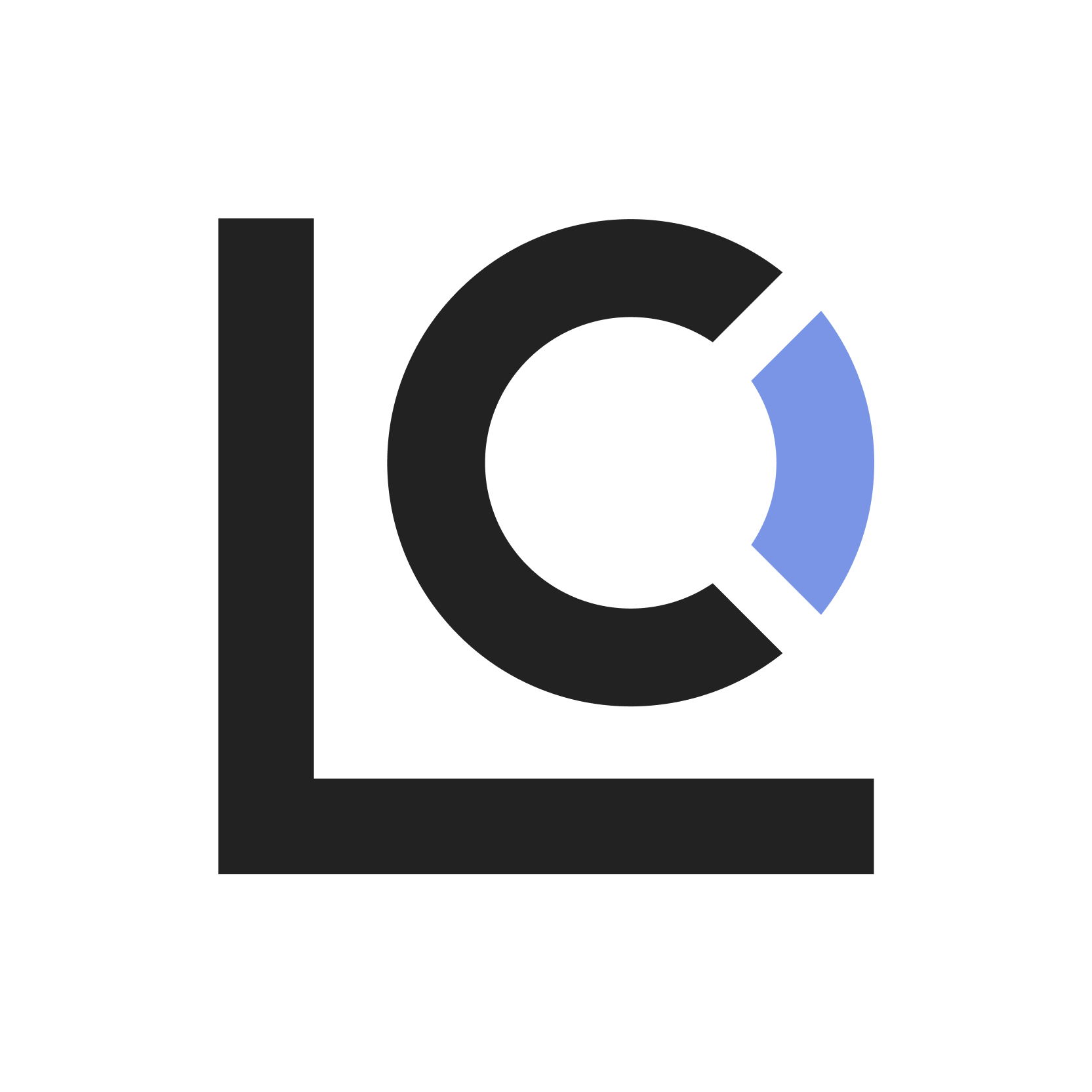Understanding Facebook’s learning phase is crucial for advertisers looking to optimize their ad performance.
This comprehensive guide breaks down everything you need to know about this important initial period of your ad campaigns.
What is the Learning Phase?
The learning phase is Facebook’s algorithmic process of understanding the best way to deliver your ad.
During this period, Facebook’s delivery system actively explores different audiences within your ad’s targeted audience to find the people most likely to get you the results you want.
How Long Does the Learning Phase Last?
Typically, the learning phase lasts until your ad set receives around 50 optimization events within a 7-day period.
For example, if you’re optimizing for purchases, Facebook needs about 50 purchases to exit the learning phase.
However, this duration may vary depending on several factors:
- Campaign objective
- Audience size
- Budget allocation
- Ad set stability
Why is the Learning Phase Important?
During this phase, Facebook’s algorithm:
- Tests different audiences within your targeting parameters
- Analyzes user responses and behaviors
- Optimizes delivery based on real-time data
- Determines the most effective way to spend your budget
The system uses this information to improve delivery efficiency, ultimately leading to better performance and lower costs once the learning phase is complete.
Signs Your Ad is in the Learning Phase
You can easily identify if your ad is in the learning phase by:
- Checking your Ads Manager dashboard where you’ll see a “Learning” status
- Monitoring performance fluctuations, which are common during this period
- Observing higher CPAs (Cost Per Action) than normal
Best Practices for Managing the Learning Phase
Do’s:
- Set realistic budgets that can achieve 50 optimization events within a week
- Keep ad sets stable by avoiding major changes
- Use campaign budget optimization for better results
- Wait until the learning phase completes before making judgments about performance
Don’ts:
- Make frequent edits to your ad sets
- Start with tiny budgets that can’t generate enough events
- Pause and restart campaigns frequently
- Make decisions based on early performance data
Common Mistakes to Avoid
Editing During Learning Phase
Making significant changes to your ad set during the learning phase forces Facebook to restart the process.
This includes changes to:
- Targeting
- Placements
- Optimization events
- Creative elements
- Budgets (more than 20% adjustment)
Insufficient Budget Allocation
Your budget must be sufficient to generate the required optimization events. Too small a budget extends the learning phase unnecessarily.
When Does Learning Reset?
The learning phase resets when you make significant changes to your ad set, including:
- Changing your targeting
- Adjusting your budget by more than 20%
- Changing your optimization event
- Pausing your ad set for 7 days or longer
- Making major creative changes
Post-Learning Phase Optimization
After completing the learning phase:
- Analyze your campaign performance data
- Make calculated adjustments based on results
- Monitor key metrics for stability
- Scale successful campaigns gradually
Conclusion
The learning phase is a critical period for Facebook ad campaigns.
Understanding and properly managing this phase can significantly impact your advertising success.
By following best practices outlined in this guide, and avoiding common pitfalls, you can help your campaigns exit the learning phase efficiently and achieve optimal performance.
Remember that patience during this phase is key – resist the urge to make small changes, and give Facebook’s algorithm time to learn and optimize your campaign for the best possible results.
Further reading:

Leave a Reply